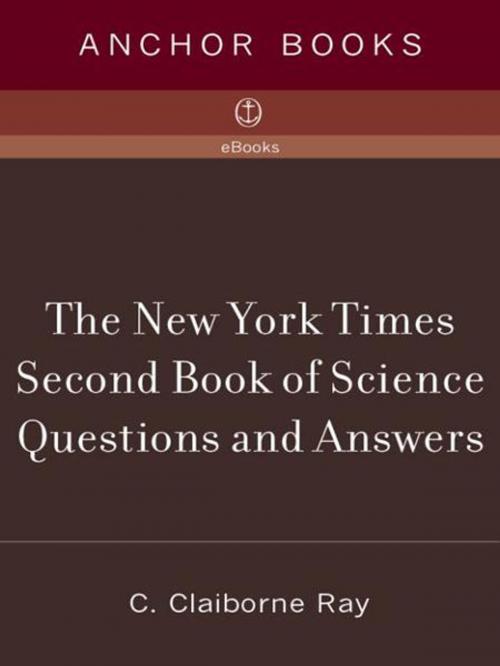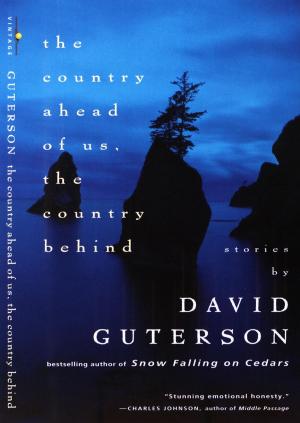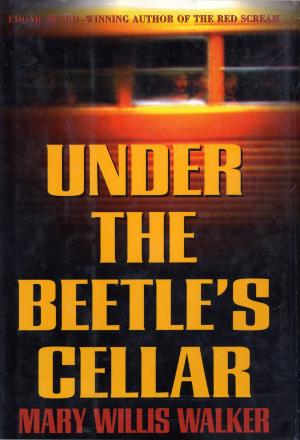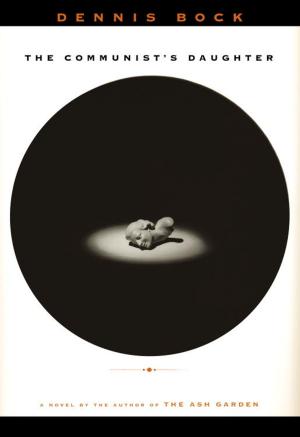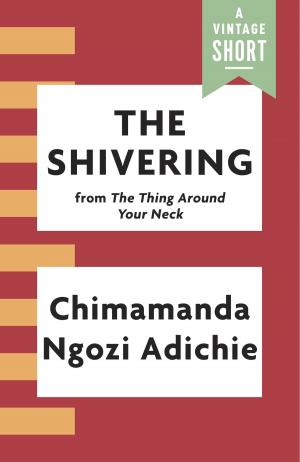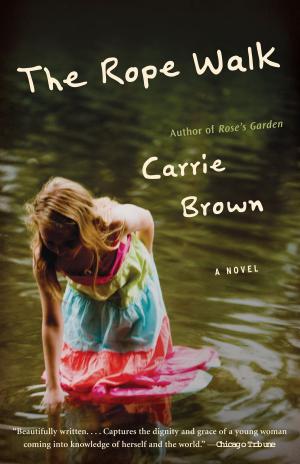The New York Times Second Book of Science Questions and Answers
225 New, Unusual, Intriguing, and Just Plain Bizarre Inquiries Into Everyday Sci entific Mysteries
Nonfiction, Science & Nature, Science, Other Sciences, Reference, Reference & Language, Almanacs & Trivia, Trivia, Biological Sciences, Environmental Science| Author: | C. Claiborne Ray | ISBN: | 9780307429056 |
| Publisher: | Knopf Doubleday Publishing Group | Publication: | December 18, 2007 |
| Imprint: | Anchor | Language: | English |
| Author: | C. Claiborne Ray |
| ISBN: | 9780307429056 |
| Publisher: | Knopf Doubleday Publishing Group |
| Publication: | December 18, 2007 |
| Imprint: | Anchor |
| Language: | English |
What would kill you if you fell into a black hole? Once people finally get to Mars, how will they get back? What makes the holes in Swiss cheese? Are there any carnivorous plants that are harmful to humans? Are there really caterpillars that scream to protect themselves? How do birds have sexual intercourse? Why don’t woodpeckers damage their brains? What is the function of ear wax? Why don’t you sneeze when you’re asleep? Do germs have germs? What is considered evidence for extra-terrestial intelligence?
Every week, C. Claiborne Ray answers questions like these from the readers of the New York Times Science section who, as this delightful second volume demonstrates, never seem to run out of things to ask about. Here, Ray gives us 225 of the most interesting answers she has gleaned from scientists in every discipline, satisfying our desire to understand some of the strangest, most curious mysteries of the natural world. Victoria Roberts’s charmingly wacky drawings add to the fun.
What would kill you if you fell into a black hole? Once people finally get to Mars, how will they get back? What makes the holes in Swiss cheese? Are there any carnivorous plants that are harmful to humans? Are there really caterpillars that scream to protect themselves? How do birds have sexual intercourse? Why don’t woodpeckers damage their brains? What is the function of ear wax? Why don’t you sneeze when you’re asleep? Do germs have germs? What is considered evidence for extra-terrestial intelligence?
Every week, C. Claiborne Ray answers questions like these from the readers of the New York Times Science section who, as this delightful second volume demonstrates, never seem to run out of things to ask about. Here, Ray gives us 225 of the most interesting answers she has gleaned from scientists in every discipline, satisfying our desire to understand some of the strangest, most curious mysteries of the natural world. Victoria Roberts’s charmingly wacky drawings add to the fun.
